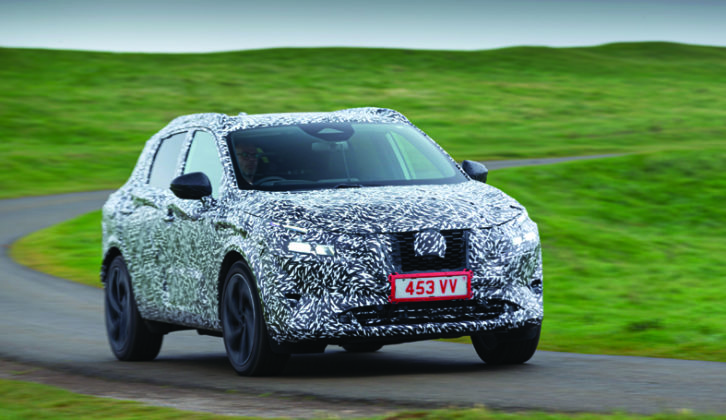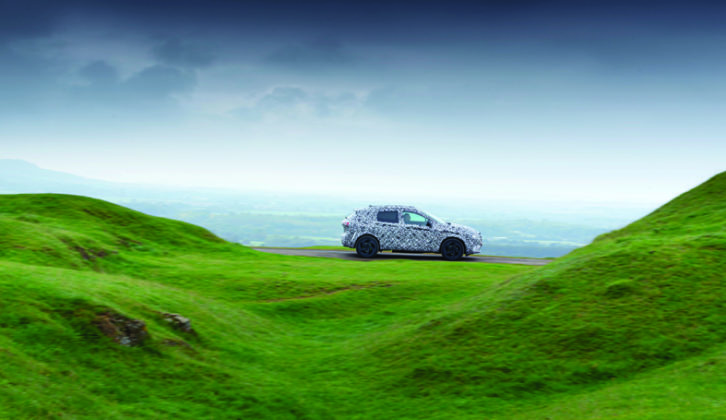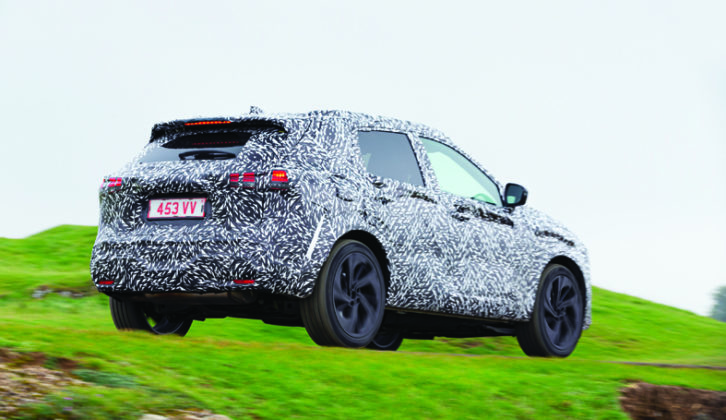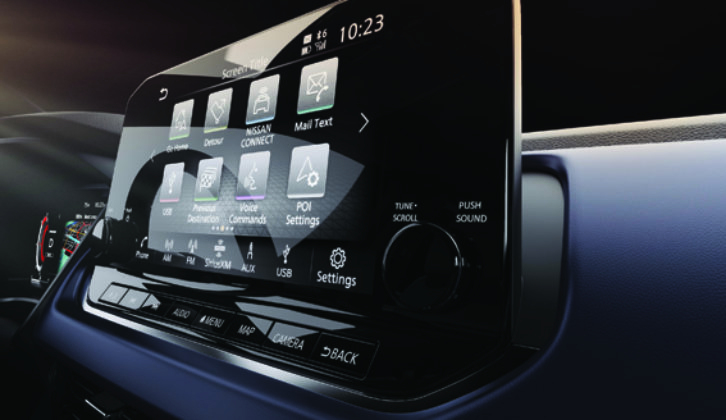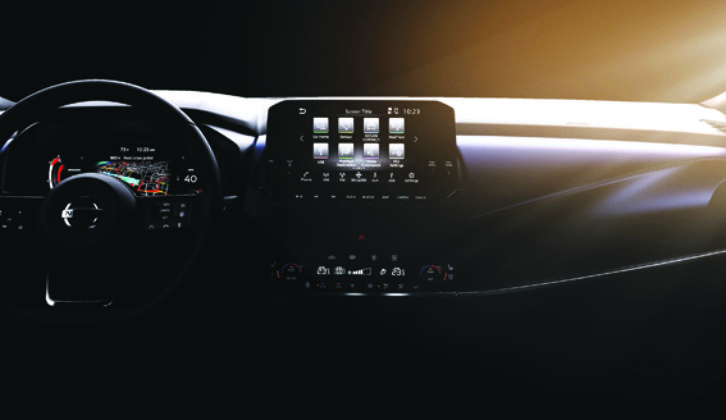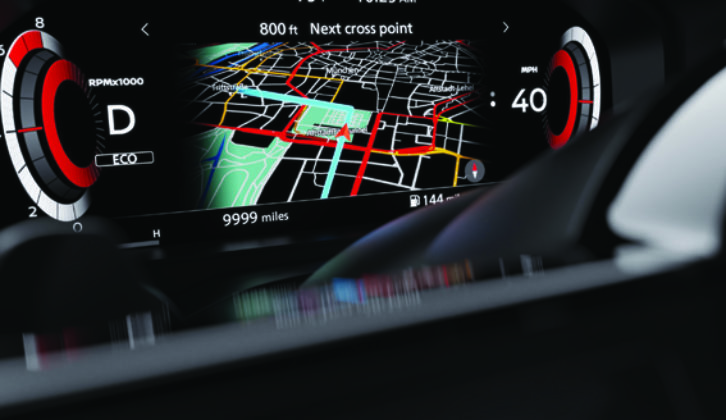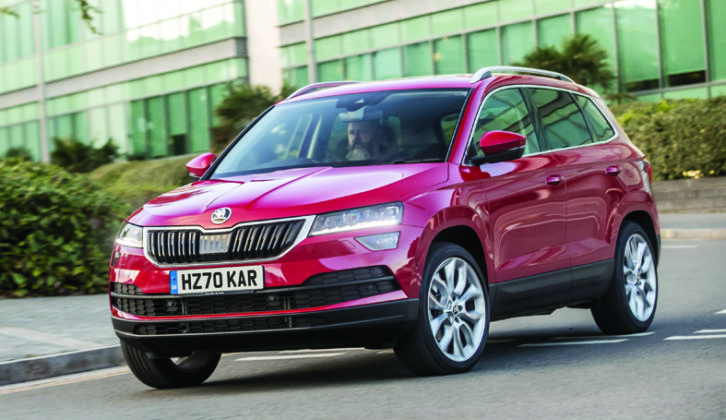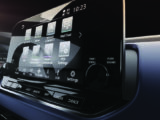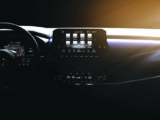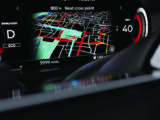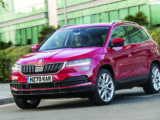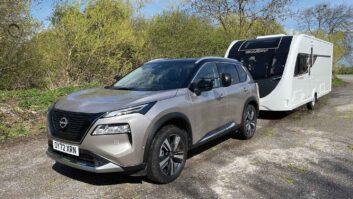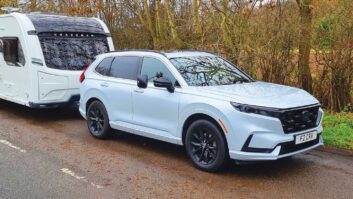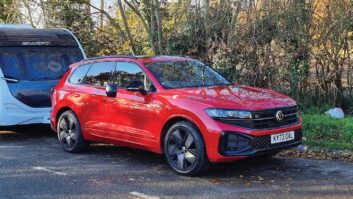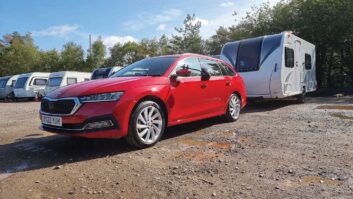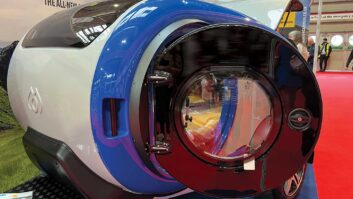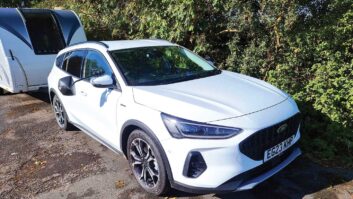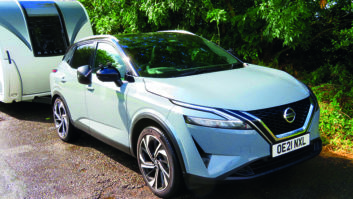Nissan can claim to have started the crossover revolution when it introduced the original Qashqai. In 2006, when the first generation appeared on the market, the idea of a hatchback with a more upright seating position and the styling cues of an off-roader was a novelty. Now it seems every other new car is a crossover or an SUV.
The second-generation Qashqai, in particular, proved itself an able lightweight tow car. In fact, we were so impressed with the Qashqai in 2014, it was named overall winner at the Tow Car Awards for that year.
Since then, the crossover market has become crowded. Newer rivals have adopted the Nissan template, and cars such as the Seat Ateca and Škoda Karoq have improved on the Qashqai’s winning formula.
But now, the all-new Qashqai promises low emissions and strong performance from a range of electrified powertrains.
Different type of hybrid
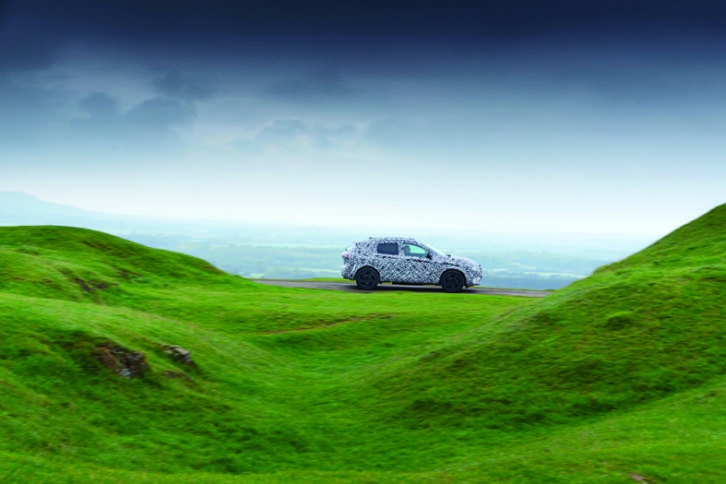
The most intriguing version of the new car will use Nissan’s e-POWER system, which the firm describes as “a unique approach to electrification”. The car combines a 1.5-litre petrol engine with an electric motor.
But whereas most petrol-electric hybrids can directly power the wheels using either source, or both at once, the Qashqai’s petrol engine never propels the car directly.
It’s there to generate electricity for the motor. The idea is, the petrol engine can always run within its optimal rev range, leading to better economy and emissions.
But there’s no need to plug in, and Nissan says this style of powertrain should be quieter than a regular internal combustion engine (ICE) vehicle, because the petrol engine rarely needs to be revved hard.
“The e-POWER system offers the best transition technology between ICE and EV, allowing users to enjoy exhilarating EV driving sensations and impressive efficiency at an affordable price point,” says David Moss, Nissan’s regional senior vice president for R&D.
“We’re really looking forward to customers experiencing the thrill of the new Qashqai’s superior electrified driving performance – it’s a perfect expression of Nissan Intelligent Mobility,” he adds.
With an output 190hp and peak pulling power rated at 243lb ft, this is the most powerful version of the new Qashqai.
There are three driving modes to choose from: Standard, Sport and Eco.
In Standard mode, the system is tuned to use lift-off regeneration to mimic the engine braking provided in a conventional petrol-powered vehicle.
Switching to Sport improves acceleration, with reduced engine off time.
In Eco, the car goes into fuel-saving mode by optimising battery management and allowing the driver to select a coasting mode to cut fuel use.
In all three settings, an additional ‘B’ mode can be selected, which increases the energy recuperation when the driver lifts off the accelerator, slowing the car more efficiently without the use of the brake pedal.
It could be bonkers, it could be brilliant. It remains to be seen if this version is homologated for towing, but we certainly hope it will be when it arrives in 2022.
Mild-hybrid power
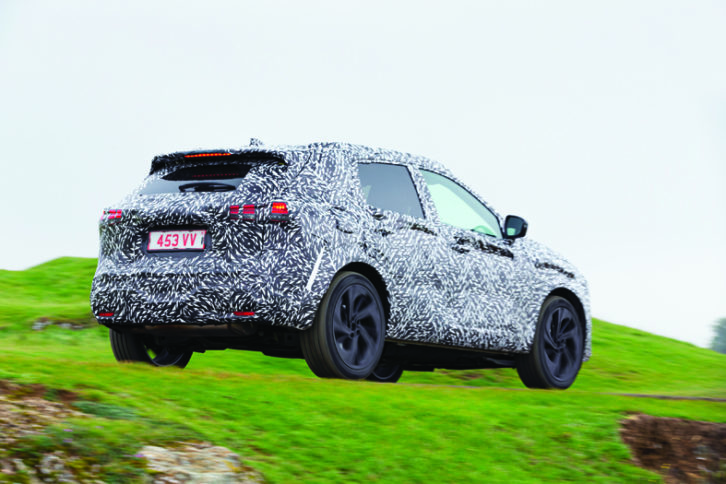
Other engine options will begin showrooms later this year. All are petrols, which will be supplemented by mild-hybrid assistance.
The Qashqai will use a 12V system rather than the more common 48V type; Nissan uses the term ‘micro hybrid’, not ‘mild’.
There are two power outputs available from the 1.3 petrol used in these models. The entry-level car has 140hp and 177lb ft of torque. As with all versions, kerb weights and legal towing limits have not yet been confirmed, but expect this model to be best suited to lightweight caravans. It’s only available with front-wheel drive and a six-speed manual gearbox.
The higher-powered version has 158hp and 192lb ft or 199lb ft of torque, with the higher torque output reserved for continuously variable transmission (CVT) auto models. Cars with a CVT can be specified with two- or four-wheel drive, so this is the engine to choose if you want a tow car for four-season touring.
The CVT acts more like a conventional auto, with stepped gears under hard acceleration, which should avoid the noise of constant high revs when building speed in a hurry – a characteristic of many CVT cars. But for fuel efficiency, the gear ratio varies continuously under lighter loads.
If you prefer diesel, you’re out of luck: there are no plans for a diesel version.
Bigger, inside and out
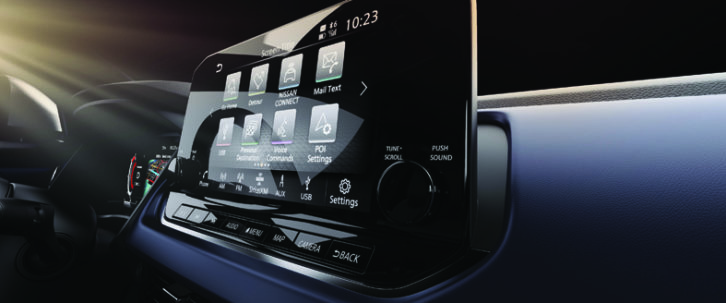
The Qashqai has grown in size compared with the second-generation car it replaces. The Qashqai mk3 is longer, wider and taller, with more space between the front and rear axles. Nissan says this means that the new model has more passenger space, most noticeably in the back of the car.
Luggage capacity is another weakness the new Qashqai looks set to address, with the boot space improving from 430 litres to around 480 litres.
Interior quality is also said to have taken a big step forward. Expect the materials to have a more upmarket finish, with a high-tech look and feel to the dashboard.
Driver assistance
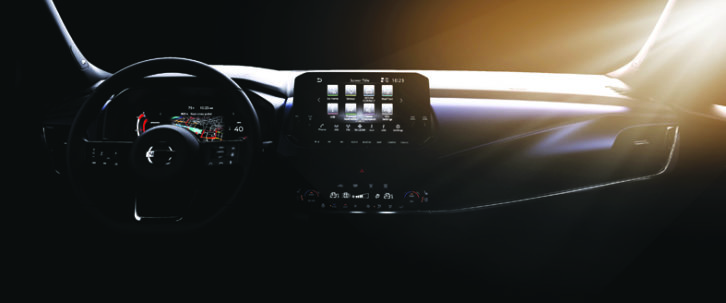
The new Qashqai will feature an updated version of Nissan’s ProPilot system, which can adjust the speed of the car and steer it to the centre of the lane. Although clever, it’s not autonomous and should always be used under the driver’s supervision.
The upgraded system is now able to read road signs and adjust the car’s speed if the limit changes, and it uses information from the sat nav to slow the car for an upcoming bend or a motorway exit.
Conclusion
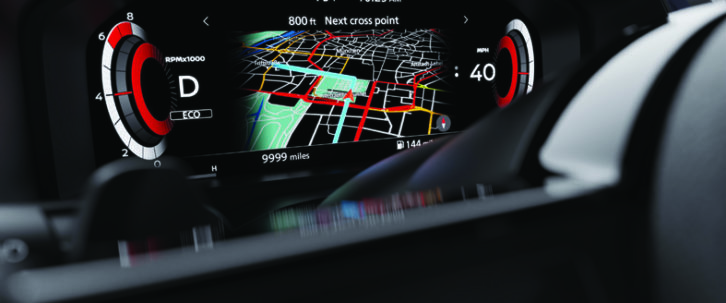
We’re disappointed that there will be no diesel version of the new Qashqai; diesel power would still be our first choice for regular towing.
However, we’re excited by the Nissan’s high-tech powertrains, in particular the e-POWER system. We have our fingers crossed that ti will be approved for towing, because it promises to offer a different and intriguing take on electrification.
The car to beat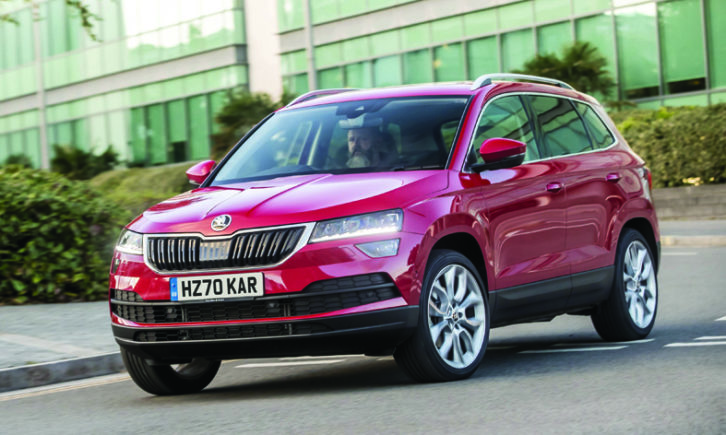 Škoda Karoq (Price From £23,220) The Karoq might not be able to match the new Qashqai’s high-tech electrified drivetrains, but it’s spacious and practical, and will also tow very well. |
If you liked this… READ THESE:
Green towing: hybrid versus diesel
If you’ve enjoyed reading this article, why not get the latest news, reviews and features delivered direct to your door or inbox every month. Take advantage of our brilliant Practical Caravan magazine SUBSCRIBERS’ OFFER and SIGN UP TO OUR NEWSLETTER for regular weekly updates on all things caravan related.
Now the all-new Qashqai promises low emissions and strong performance from a range of electrified powertrains
Technical Specifications
| Kerbweight | 1350 kg |
